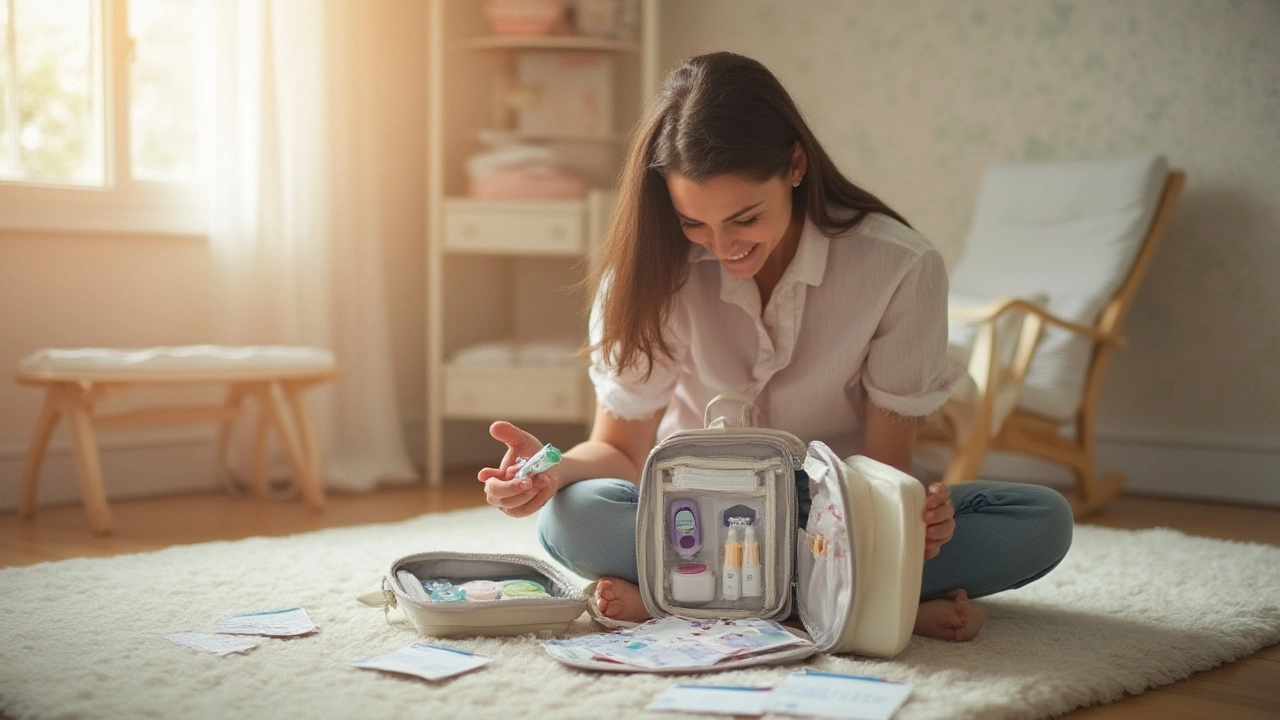Baby Safety: Hands-On Tips for a Safer Home
Babies get into everything. If you’ve ever looked away for a second, only to see your little one reach for cables, sharp corners, or medicine, you know exactly what’s at stake. Baby safety isn’t about buying every gadget in the store. It’s about recognizing real risks and putting simple barriers in place before your child explores something new.
Start with the areas babies visit most. Living rooms and bedrooms should be checked first. Wires, curtain cords, and small objects need to be tucked away. You don’t need to spend a fortune—simple outlet covers, corner guards, and latches stop most accidents. For furniture that can tip, like bookshelves, secure them with basic wall straps. These quick fixes save you stress and prevent serious falls.
Kitchens and bathrooms are full of risks hiding in plain sight. Cleaners, pills, and sharp tools should go in locked cabinets or out-of-reach shelves. It takes a minute to move laundry pods or dish soap to higher ground, and that single minute could make all the difference. Water safety is huge—never leave bathwater running and always supervise bath time. A slip-proof mat in the tub goes a long way.
Baby gates aren’t just for stairs. Use them to keep kids away from rooms with breakables, pets’ dishes, or busy cooking spaces. Invest in one sturdy, easy-to-open gate for the top and bottom of stairs if you have them. The goal isn’t making your house look like a fortress—it’s letting your child play freely in safe spaces while keeping hazards out of reach.
Look beyond gadgets. Your daily habits are key. Put hot drinks out of reach, check floors for small objects after visitors leave, and make a habit of closing doors behind you. Think from a baby’s eye level—get down on your hands and knees to spot what they might find interesting. Often, you’ll notice things you never thought about, like purse contents, dropped batteries, or even the family dog’s food bowl.
Don’t forget health dangers you can’t see. Check for peeling paint that could mean lead, test for smoke detectors, and set your water heater below 49°C (120°F) to avoid burns. With tiny lungs in the house, keep things smoke- and fragrance-free as much as possible. Babies put everything in their mouths, including hands, toys, and, sometimes, unexpected finds from under the couch. Regular cleaning and choosing well-made, non-toxic toys pay off.
No parent gets it perfect. If something goes wrong, stay calm and call your pediatrician or local poison control. Those numbers should be saved in your phone and posted somewhere visible, like the fridge. The instinct to worry is normal—but being prepared works better than panic every time.
Want more than just a checklist? Stick around for hands-on guides, product reviews, and routine safety tips that fit real family life. Baby safety isn’t just a project—it’s part of every day, and you’ve got this.
Essential Items for a Newborn First Aid Kit Every Parent Needs
Discover the must-have essentials for your newborn’s first aid kit. Be ready for every tiny emergency—get practical advice and expert-backed tips to keep your baby safe.
Keanu Rutherford | Jul, 27 2025 Read More
